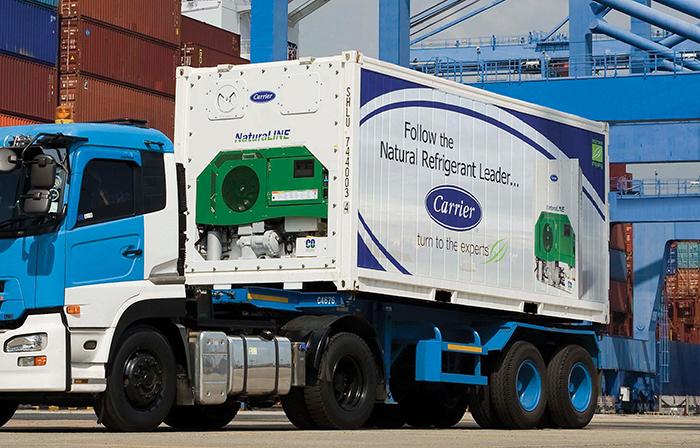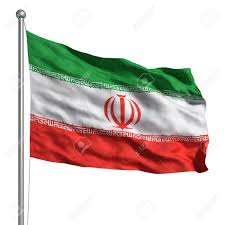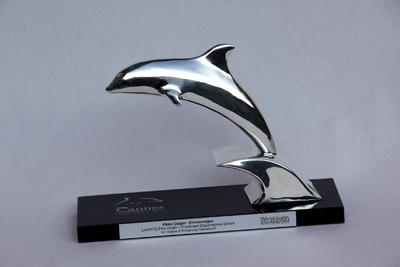Natural Refrigerant Technology for Transport?
USA – Carrier Transicold has declared its desire to use natural refrigerant technology that surpasses current alternatives in terms of reducing environmental impact in its transport division. This decision will voluntarily align the company with the U.S. Environmental Protection Agency’s latest and more stringent refrigerant change listing for other commercial, non-transport refrigeration systems.
At this moment in time, truck and trailer refrigeration units in North America use R-404A, one of a number of HFC refrigerants which have had new restrictions placed on them by the EPA, through its Significant New Alternatives Policy (SNAP) program announcement, for other applications, such as stationary commercial refrigeration systems.
“Carrier Transicold offers customers some of the most environmentally sustainable refrigeration systems,” declared the president of Carrier Transicold & Refrigeration Systems, David Appel. “We are committed to expanding our proven, environmentally responsible natural refrigerant systems for road transport. Specifically, we are building on our expertise with the natural refrigerant carbon dioxide (CO2), which has a significantly lower global warming potential (GWP) than current synthetic refrigerants and their alternates.”
Meanwhile, the European Union’s new F-Gas regulation (EU517/2014), effective as of this year, aggressively ramps down the use of high GWP HFC refrigerants. In an attempt to provide another option to the HFC R-404A for truck and trailer systems in Europe, Carrier Transicold and other transport refrigeration equipment providers now offer the refrigerant R-452A, a three-component blend that includes a hydrofluoroolefin (HFO) and has a GWP which is around 45% lower than R-404A. However, as it stands, R-452A is still awaiting the required SNAP approval by EPA for use in the United States.
R-452A, if approved by EPA, could become an interim option for U.S. truck and trailer customers in their ongoing drive to use more environmentally responsible refrigerants.
“Carrier Transicold’s greater goal for transport refrigeration significantly surpasses the benefits of R-452A,” Appel continued. “The natural refrigerant CO2 is cost-effective, readily available worldwide and has a GWP of only 1, which is roughly 2,000 times better than R 452A (GWP 2,140) and 4,000 times better than R-404A (GWP 3,922).”
Carrier has previously experienced success in applying CO2 refrigerant in both stationary commercial refrigeration and marine transport applications.
More than 1,600 supermarkets across Europe have adopted Carrier’s CO2OLtec commercial refrigeration system, which uses CO2 refrigerant, since the company first introduced it in 2004. While, more recently, in 2013, Carrier Transicold commercially launched their NaturaLINE unit, the world’s first marine container refrigeration system using CO2 refrigerant, which they claim can lower carbon emissions by 28 percent compared to previous systems.
In a bid to facilitate greater adoption of CO2 as a refrigerant in the United States, Carrier decided to petition the EPA as they sought approval for the low global warming refrigerant for transport refrigeration. After this successful petition, the EPA agency now lists CO2 as ‘acceptable’ for new transport refrigeration applications.
“With its GWP of 1, CO2 is the basis for calculating the GWP of all other refrigerants,” concluded Mr Appel. “It serves as the benchmark for environmental sustainability, which is what Carrier Transicold continues to relentlessly pursue.”














